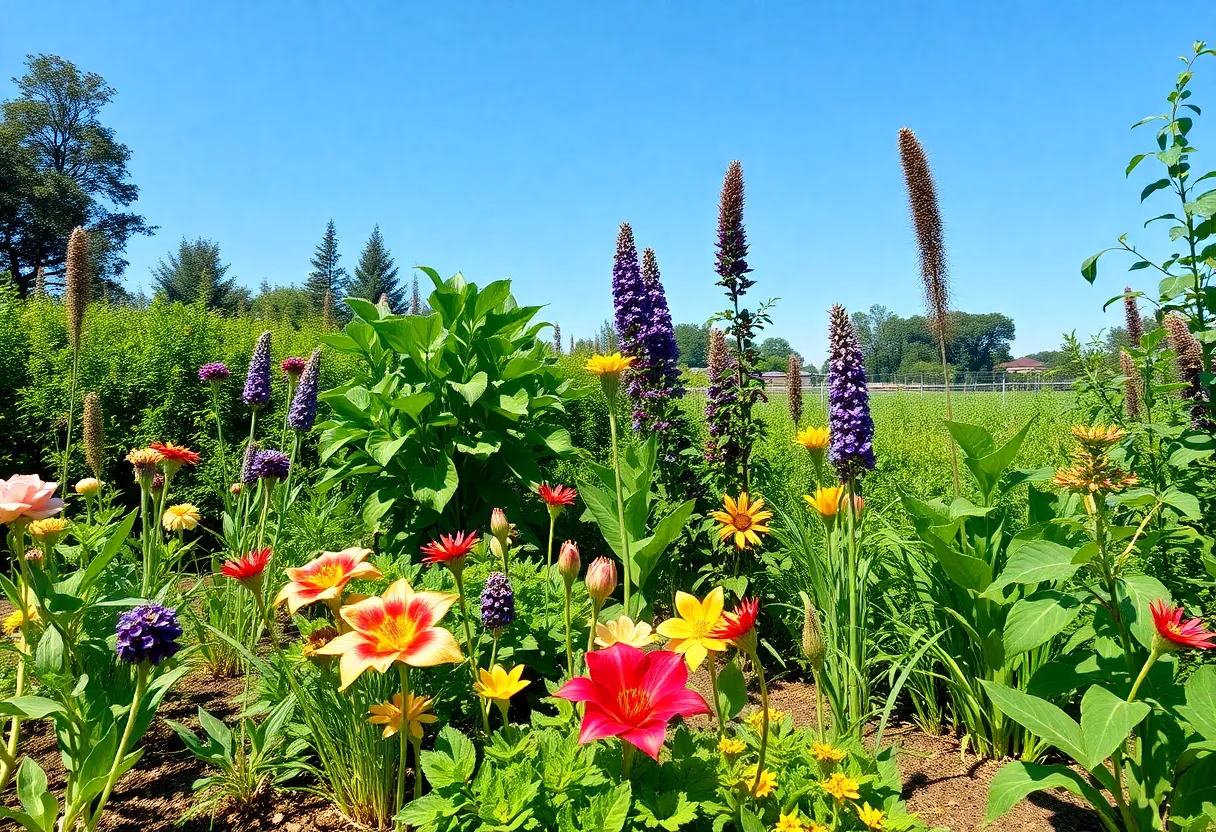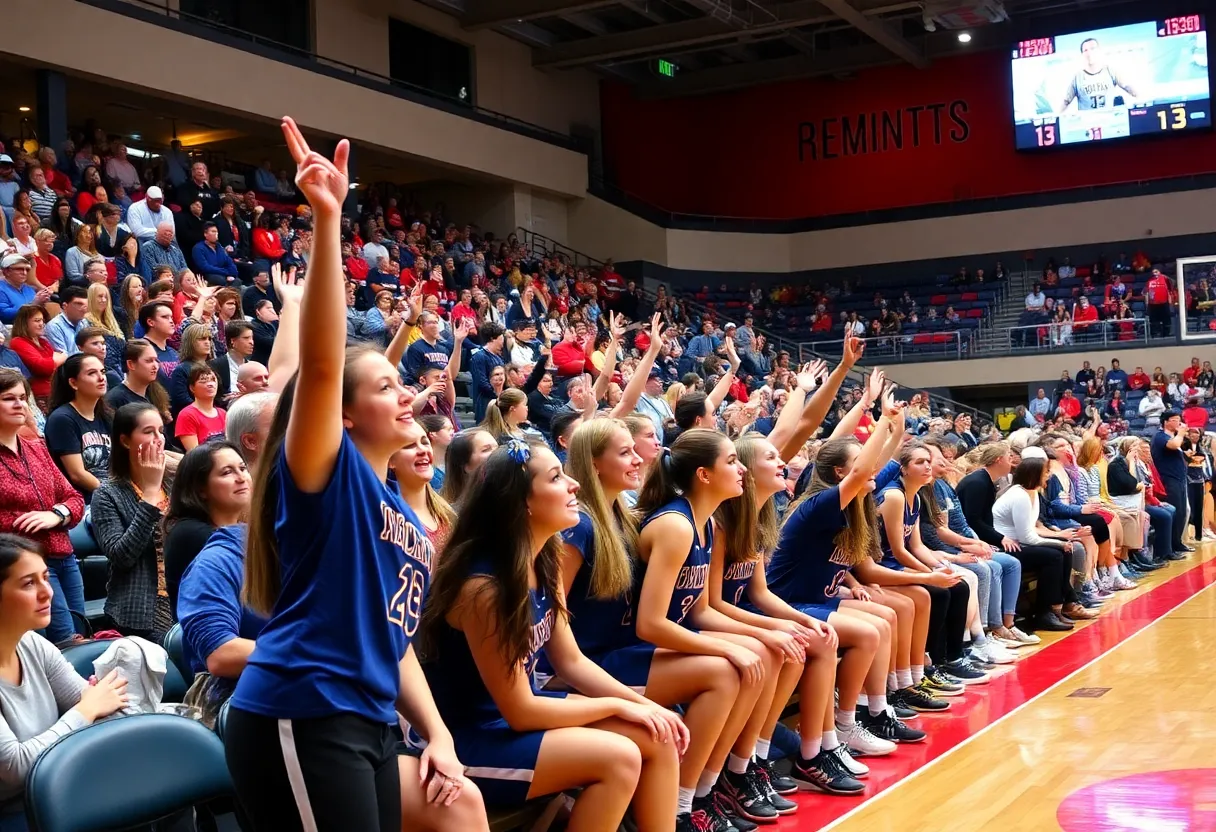10 Unique Edibles to Grow in Your Houston Garden for a Flavorful Harvest
Houston’s subtropical climate creates an ideal environment for cultivating a diverse array of edible plants. With warm temperatures, ample sunlight, and relatively mild winters, the region supports plants that might struggle in cooler zones. Home gardeners can leverage these conditions to grow both traditional and unconventional edibles, enhancing flavor profiles and nutritional content. Selecting plants suited to Houston’s specific environment ensures a successful, bountiful harvest throughout the year. Here are ten unique edible plants well-suited for Houston gardens that can diversify your harvest and elevate your culinary adventures.
1. Chayote (Sechium edule)
Chayote, often called mirliton or vegetable pear, is a versatile, climbing gourd native to Central America. Its pear-shaped fruits are rich in nutrients and can be cooked in multiple ways. The flesh offers a mild, slightly sweet flavor, akin to summer squash, and can be boiled, baked, fried, or added to soups. Both the fruit and the young shoots are edible, making it a multifunctional crop. It thrives in well-drained, slightly acidic soils in full sun. As a vigorous climber, it needs sturdy support, such as a trellis or arbor. Regular watering, especially during dry spells, is critical for optimal fruit development. The plant’s rapid growth makes it an attractive addition for those seeking a productive, tropical-style component to their garden.
2. Epazote (Dysphania ambrosioides)
Epazote is a perennial herb distinguished by its pungent aroma reminiscent of anise or tarragon. It is integral to Mexican cuisine, frequently used to season beans, tamales, and stews. The plant prefers full sun and well-draining soil. While drought-tolerant, regular deep watering enhances growth and leaf production. To prevent unwanted spreading, cultivation in containers is advisable. Harvest after 50–60 days; regular pruning encourages bushier growth and delays flowering. Its leaves can be used raw or cooked, with flavor diminishing upon cooking. Epazote can be stored fresh, dried, or frozen. Additionally, it propagates easily from cuttings and can persist as a perennial in zones 8–10, making it a low-maintenance yet flavorful addition.
3. Prickly Pear Cactus (Opuntia engelmannii)
Prickly pear cactus is a hardy, drought-tolerant succulent that produces edible pads (nopales) and fruits (tunas). The pads are high in dietary fiber and can be grilled, sautéed, or chopped into salads. The sweet, juicy fruits are excellent for raw consumption or for making jellies, candies, and drinks. It requires full sun and well-drained, sandy soils. When harvesting, use tongs and gloves to handle spiny pads; carefully remove spines (including tiny glochids) before use. The fruits ripen in late summer to early fall, indicated by their vibrant color. Regular harvestings of the pads and fruits can provide a continuous supply of fresh, nutritious produce throughout the season.
4. Jujube (Ziziphus jujuba)
Jujube, also called Chinese date, offers sweet, date-like fruits that adapt well to Houston’s dry conditions. This deciduous tree prefers well-drained soil and full sun. It is known for its resilience, tolerating drought and poor soils. Pruning helps maintain tree shape and encourages fruit production. Harvest typically occurs in late summer or early fall when fruits turn reddish-brown. Both fresh and dried forms are popular; dried jujubes are used in teas, desserts, and traditional remedies, valued for their health-promoting compounds. The tree can be cultivated in smaller spaces, making it suitable for diverse backyard configurations.
5. Akebia (Akebia quinata)
Akebia is a unique climbing vine producing intriguing fruits that resemble white dragon fruit, with a soft, sweet pulp. The fruit is harvested from September to October; the rind can be cooked as a vegetable, often stuffed and deep-fried. Seeds are bitter; should be discarded carefully to avoid throat irritation. The pulp adds a tropical flavor to jams, jellies, smoothies, and desserts. Flowers bloom in April–May, exuding a chocolatey or vanilla aroma. While commonly grown as an ornamental in various regions, it offers culinary potential for adventurous gardeners. Its vigorous growth habit and attractive foliage add both ornamental value and edible options to the landscape.
6. Chickweed (Stellaria media)
Chickweed thrives in Houston’s shaded, moist areas. It is a fast-growing ground cover with a mild, sweet flavor akin to corn or peas. Harvest before the plant blooms to maximize flavor and nutrient retention. The entire plant, including leaves and stems, is edible and can be added raw to salads or blended into smoothies. Chickweed is rich in vitamins, minerals, and antioxidants, making it a nutritious supplement. Avoid harvesting near roadsides or industrial areas to prevent contamination. Its adaptability makes it useful as a wild foraged ingredient or cultivated addition for fresh greens.
7. Wood Sorrel (Oxalis spp.)
Wood sorrel features petite, heart-shaped leaves and sour-tasting stems, adding brightness to salads and garnishes. It prefers shaded, moist conditions and thrives in Houston’s environment. The edible parts are the leaves and stems; roots are typically avoided due to oxalic acid content. Harvest in moderation; excessive consumption can contribute to oxalate buildup. Its tangy flavor complements rich dishes or provides a refreshing contrast in salads and dips. Proper sourcing from pesticide-free areas is essential to ensure health safety.
8. Turkscap (Malvaviscus arboreus)
Turkscap is a native Texas shrub producing edible, sweet honeysuckle-like flowers. The flowers can be eaten fresh, used as garnishes, or made into jelly or syrup. The fruit, sometimes called the Mexican apple, appears after the flowers fall—offering a crisp, apple-like flavor. It thrives in full sun to partial shade and is highly drought-tolerant. Both flowers and fruits add visual interest and distinctive flavors to the garden. The flowers are particularly attractive to pollinators, enhancing garden health and diversity.
9. Autumn Sage (Salvia greggii)
Autumn Sage is a perennial herb producing vibrant, edible flowers and fragrant leaves. The flowers, in reds and oranges, can be used raw in salads or steeped for aromatic teas. The leaves serve as a flavorful seasoning or garnish. It prefers well-drained soil and full sun. Regular pruning encourages continuous flowering and maintains plant vigor. Its nectar-rich flowers attract pollinators, contributing to garden biodiversity. The plant offers dual benefits: enhancing garden aesthetics and providing culinary and tea-making opportunities.
10. Yaupon Holly (Ilex vomitoria)
Yaupon Holly is a native evergreen shrub bearing small berries and aromatic leaves. The leaves can be dried and brewed into a traditional caffeinated tea, once used as a coffee substitute. This native shrub performs well in acidic, well-drained soils and appreciates partial to full sun. Once established, it’s highly drought-tolerant and can be pruned for shape. Harvested leaves are dried before brewing; the resulting tea can be enjoyed hot or cold. The berries provide food for local wildlife and can be used to make jellies and jams, enriching the garden’s biodiversity.
By integrating these ten unique edibles into a Houston garden, growers can craft a diverse, flavorful, and resilient harvest. Each plant offers distinct culinary, nutritional, and ornamental benefits. Embracing region-specific flora enhances sustainability and deepens culinary traditions, making the garden a source of both beauty and bounty.
Frequently Asked Questions
What are the best edible plants for Houston’s climate?
Plants such as chayote, prickly pear cactus, jujube, and yaupon holly thrive in Houston’s warm, humid conditions. These plants tolerate drought and heat while producing high yields of edible parts.
Are any of these plants difficult to grow?
Many of these edibles are low-maintenance once established. However, chayote and akebia require support structures, while epazote and chickweed grow readily in shaded or moist areas without extensive care.
Can I grow these plants in containers?
Yes, several, including epazote, epazote, and yaupon holly, adapt well to container cultivation. This allows for better control over soil conditions and easier management.
Do any of these plants pose health risks?
Some, like wood sorrel, contain oxalic acid and should be consumed in moderation. Proper identification and sourcing from pesticide-free areas are crucial for safety.
When is the best time to harvest these plants?
Most are harvested during their peak seasons—such as late summer for prickly pear fruits, fall for jujube, and spring for epazote and akebia. Regular monitoring ensures optimal flavor and nutritional quality.
Key Features of Houston’s Edible Plants
| Plant | Growth Habit | Optimal Conditions | Edible Parts | Season of Harvest |
|---|---|---|---|---|
| Chayote | Climbing vine | Well-drained soil, full sun | Flesh of fruit, shoots | Summer to early fall |
| Epazote | Perennial herb | Full sun, dry tolerant | Leaves | 50–60 days after sowing |
| Prickly Pear Cactus | Succulent, shrub | Full sun, sandy soil | Pads (nopales), fruits (tunas) | Late summer to early fall |
| Jujube | Deciduous tree | Well-drained soil, full sun | Fruits (fresh/dried) | Late summer to early fall |
| Akebia | Climbing vine | Full sun/partial shade, well-drained | Pulp (fruit), flower petals | September to October |
Author: STAFF HERE HOUSTON TX WRITER
The HOUSTON STAFF WRITER represents the experienced team at HEREHouston.com, your go-to source for actionable local news and information in Houston, Harris County, and beyond. Specializing in "news you can use," we cover essential topics like product reviews for personal and business needs, local business directories, politics, real estate trends, neighborhood insights, and state news affecting the area—with deep expertise drawn from years of dedicated reporting and strong community input, including local press releases and business updates. We deliver top reporting on high-value events such as Houston Livestock Show and Rodeo, Art Car Parade, and Chevron Houston Marathon. Our coverage extends to key organizations like the Greater Houston Partnership and Houston Area Urban League, plus leading businesses in energy and healthcare that power the local economy such as ExxonMobil, Schlumberger, and Houston Methodist. As part of the broader HERE network, including HEREAustinTX.com, HERECollegeStation.com, HEREDallas.com, and HERESanAntonio.com, we provide comprehensive, credible insights into Texas's dynamic landscape.





